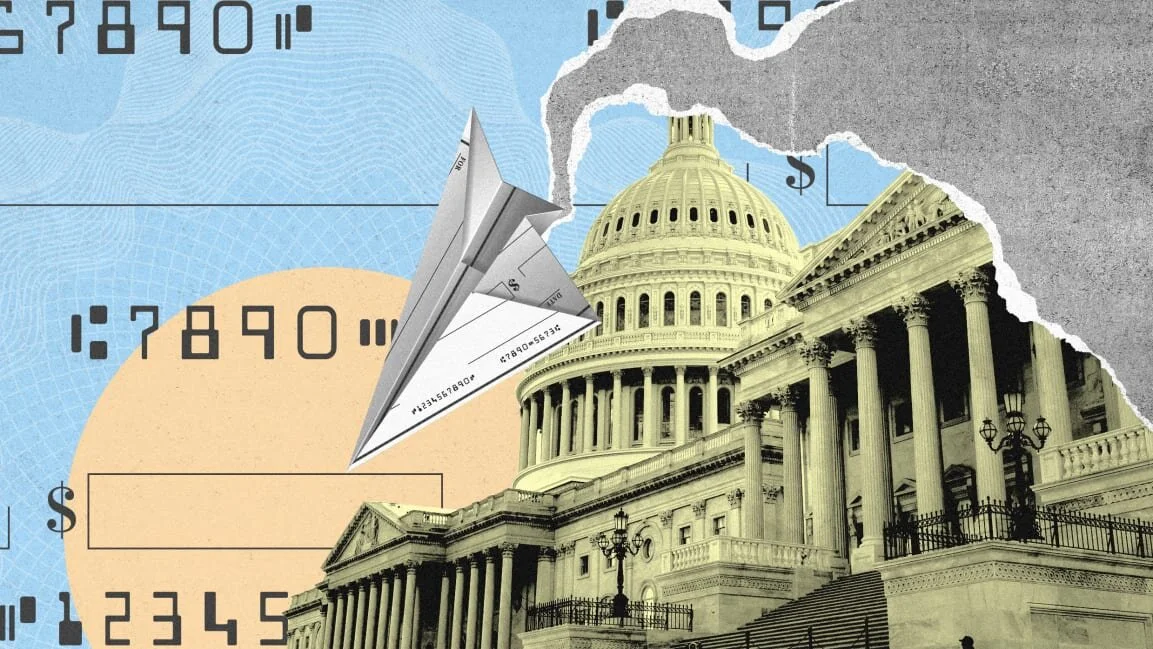Imagine for a moment that you are a member of Congress working on the bill that is going to help save the country from economic devastation. Unemployment is at a record high, business of all sizes are hemorrhaging money, the general populace is simultaneously terrified and bored. Where do you start? As researchers, product designers, and product managers well know, when designing anything, you start with the end users. What do people need? What’s the best way to meet those needs? How will people access whatever the end product is?
If you are a member of Congress, you didn’t start with any of these questions, because this is not how the standard policy design process works. Instead, you looked at what has and hasn’t worked before. What should the Fed do? What about a cash infusion into failing industries? What about sending people checks? A shrinking economy needs money to flow, and the best way to do that is to get dollars in the pockets of people who need them, and will spend them right away. This economic analysis is important, deep work, but it also isn’t nearly enough. Nowhere in the process is there a step in which policymakers think about delivery—how do people get those dollars?—and how that might impact policy design. Which is how we ended up with a $2 trillion stimulus package that doesn’t factor in what people actually need or how they might have those needs met. As a result, a lot of that money will never reach the people it is intended to help.
A GOOD IDEA POORLY EXECUTED
The CARES Act—Coronavirus Aid, Relief, and Economic Security Act—allocates funds for large business, small businesses, airlines, and individuals. Individuals can request $1,200, more if they have children under 18. The bill also increases unemployment benefits—providing an additional $600 on top of what people can get from their state. But a complex web of bureaucratic requirements means that lots of people won’t be getting what they need anytime soon, and maybe not at all.
As of this writing, only half of an anticipated 150 million payments have made it into people’s accounts. There are myriad reports of people receiving “status not available” messages from the IRS portal when trying to see when they might get their checks. Others weren’t even able to log in. The Payroll Protection Program (PPP), part of CARES aimed at helping small businesses, just announced that it has run out of moneyand cannot accept any more applications. And as if the process weren’t cumbersome enough, the checks will also be delayed in order to emblazon President Donald Trump’s name on them, as though they were a hotel or a golf course. By contrast, citizens of other countries around the world reported receiving their checks within hours of applying.

